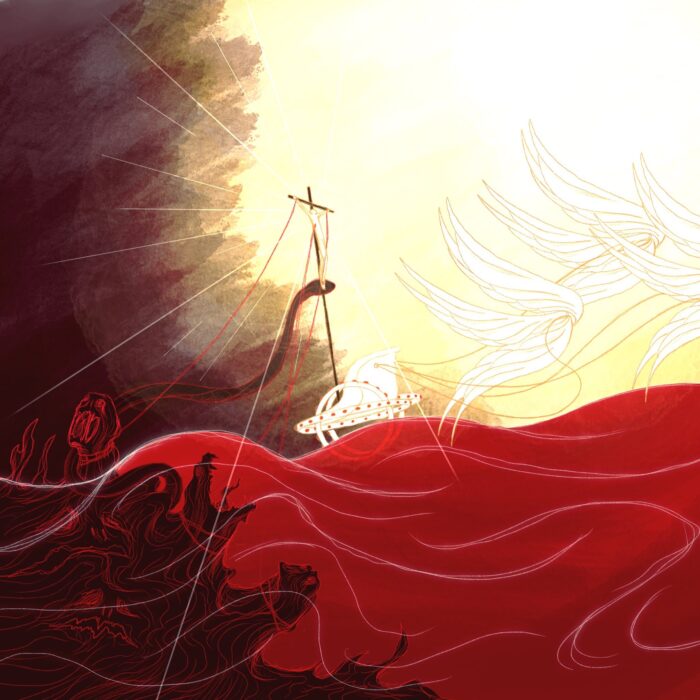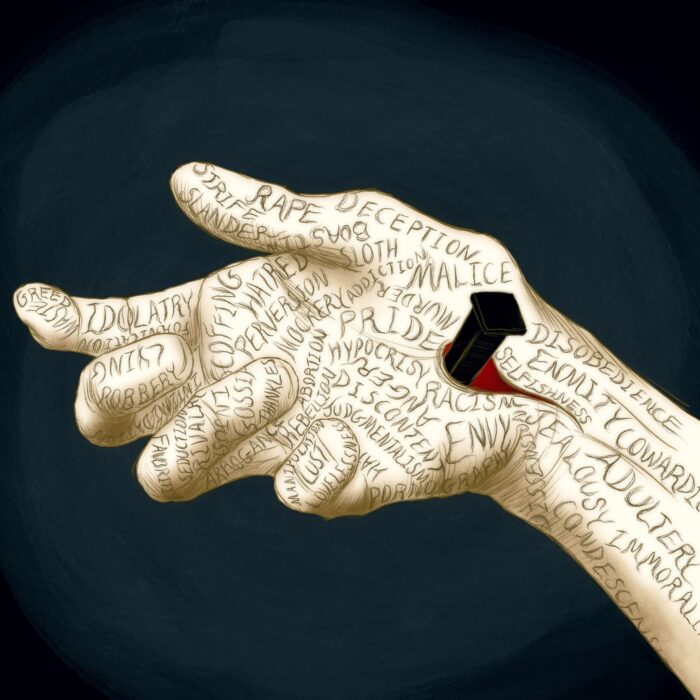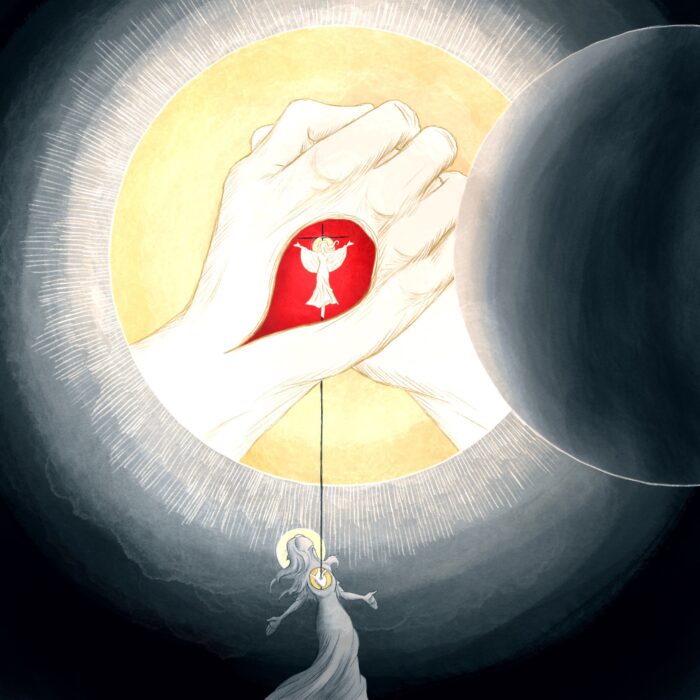Colossians 1:15-20 — The Christ Hymn
Over the last year or so I’ve been slowly making art for a board book on Colossians 1:15-20. Today I’m able to share the final piece of that project: the cover art for the entire book. Updates on getting this all into print will follow.
Most of my visual exegetical art deals with one or two verses, but this piece attempts to summarize the whole ‘Christ Hymn’ in a single image.
Crucially important for the entire project is to see that Paul writes here not about some ethereal, spiritual ‘Christ,’ but about the tangible person, Jesus of Nazareth, who has redeemed us by His saving death and resurrection (1:14, cf. Eph.1:7). For this reason, Jesus is depicted as simultaneously crucified and risen, such that His cross is revealed as the radiance of the glory of God shining from His resurrection-illumined face, the organizing principle by which the cosmos is reconciled to the eschatological harmony of God’s Name (Col.1:20).
The triangle framing the anastasiform Christ indicates that He is the ‘image of the invisible (Triune) God,’ while His position as the center around whom the heavens and the earth orbit pictures Him as the ‘firstborn (ie, ruler) of all creation.’ This same centrality also communicates Jesus as the one ‘for whom’ all things exist and ‘in whom all things hold together’: every moment and molecule of created reality—including the moment you’re in right now and the device you hold in your hand—persists in its being precisely because it is embraced by and finds its telos in the crucified One who is risen.
His identity as the ‘head of the Body, Church’ is implied in His own body, while the stone rolling away from His halo identifies Him as the ‘firstborn from the dead.’ Christ’s place in the midst of the cherubim (the location of God’s throne) indicates that ‘in Him all the fullness of God was pleased to dwell.’ And, finally, He Himself as the Risen One who is, nevertheless, depicted in the form of the Cross, spans and embraces the entire created order, enduring in His crucified flesh the final dissolution of all things and so reconciling that same ‘all things’ to God by His resurrection.




